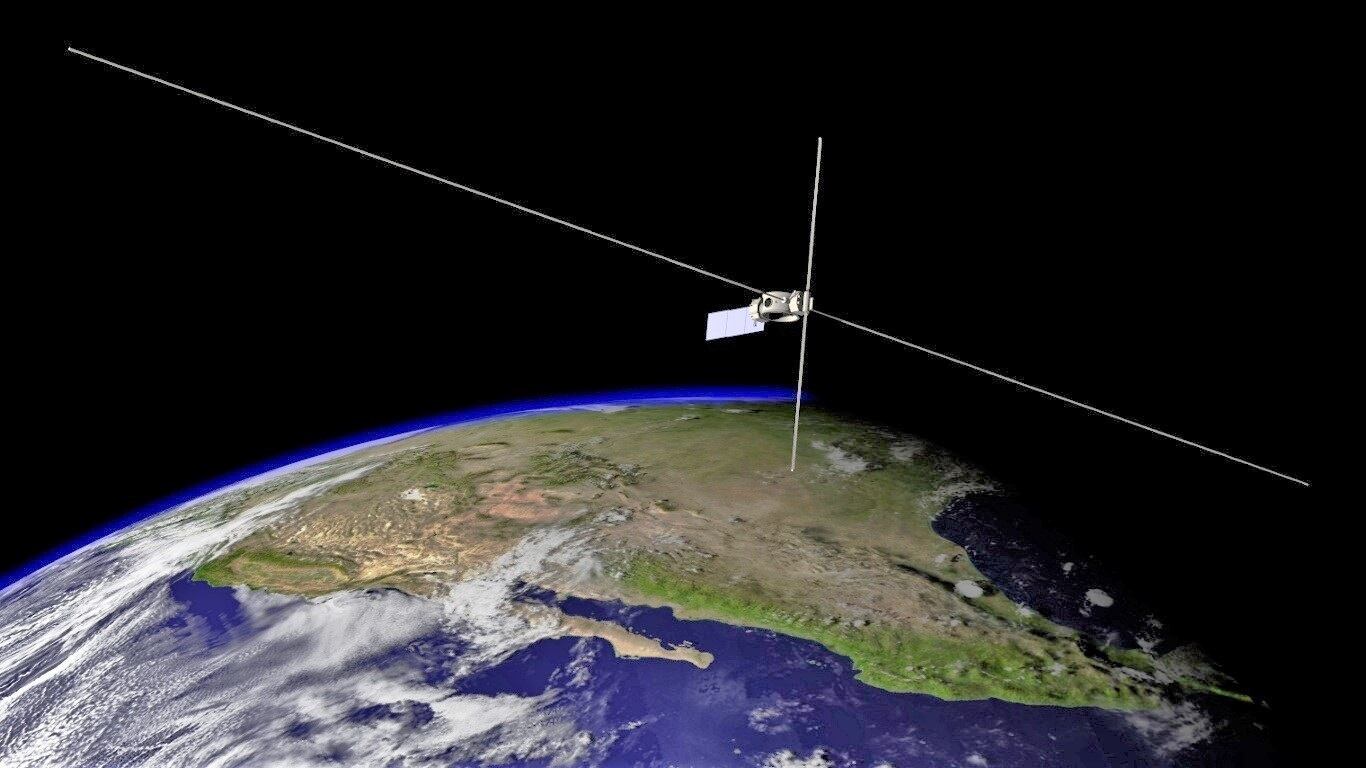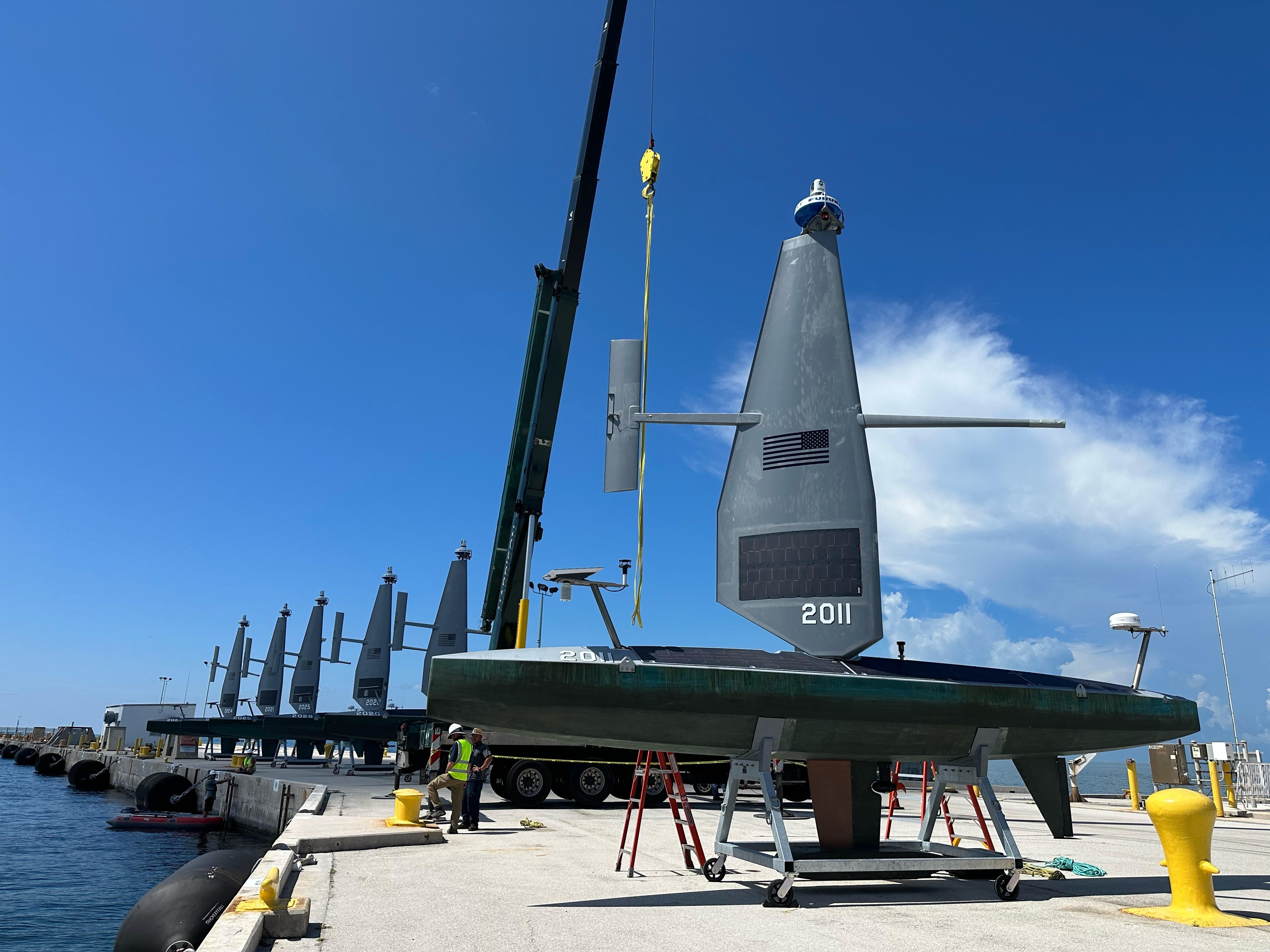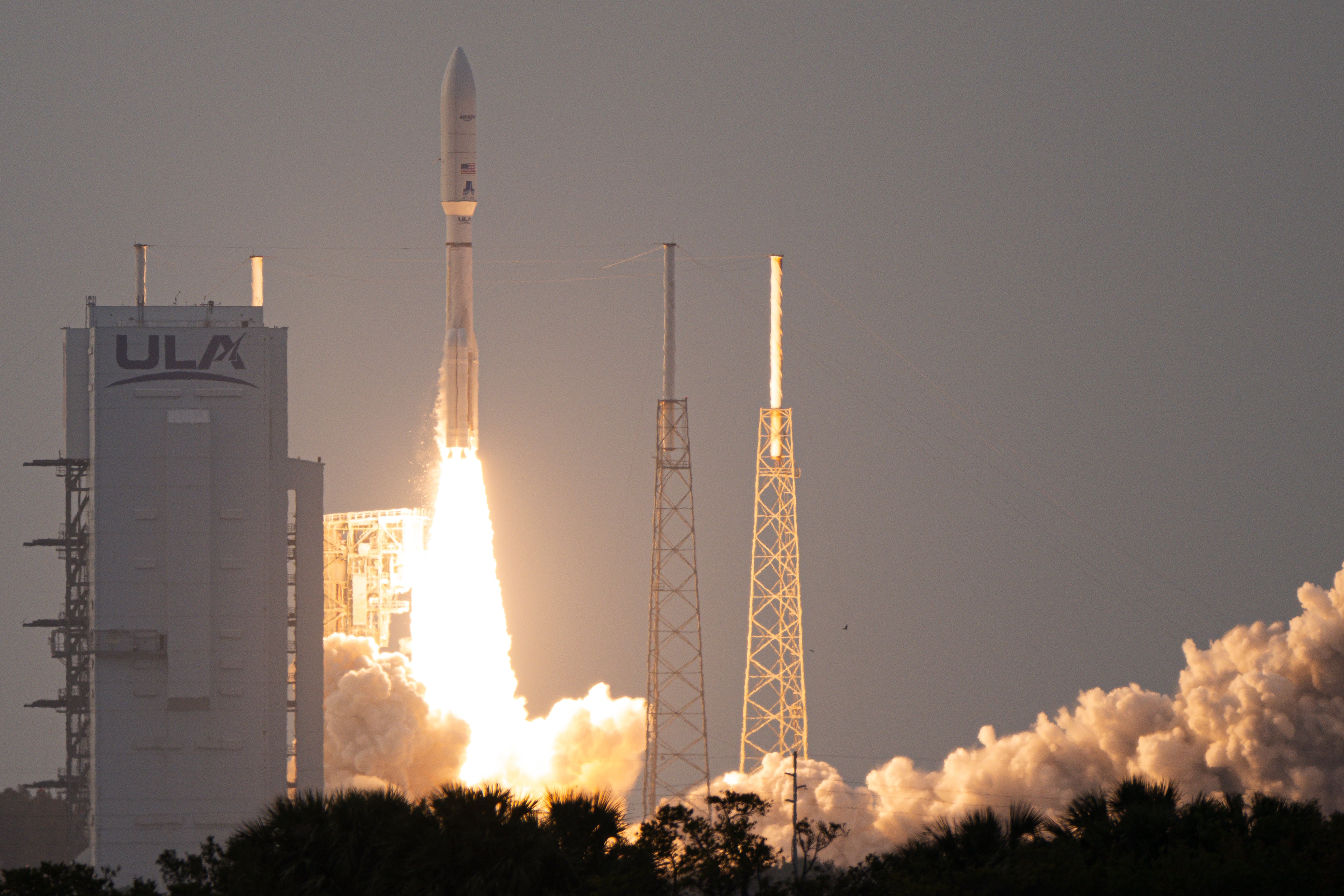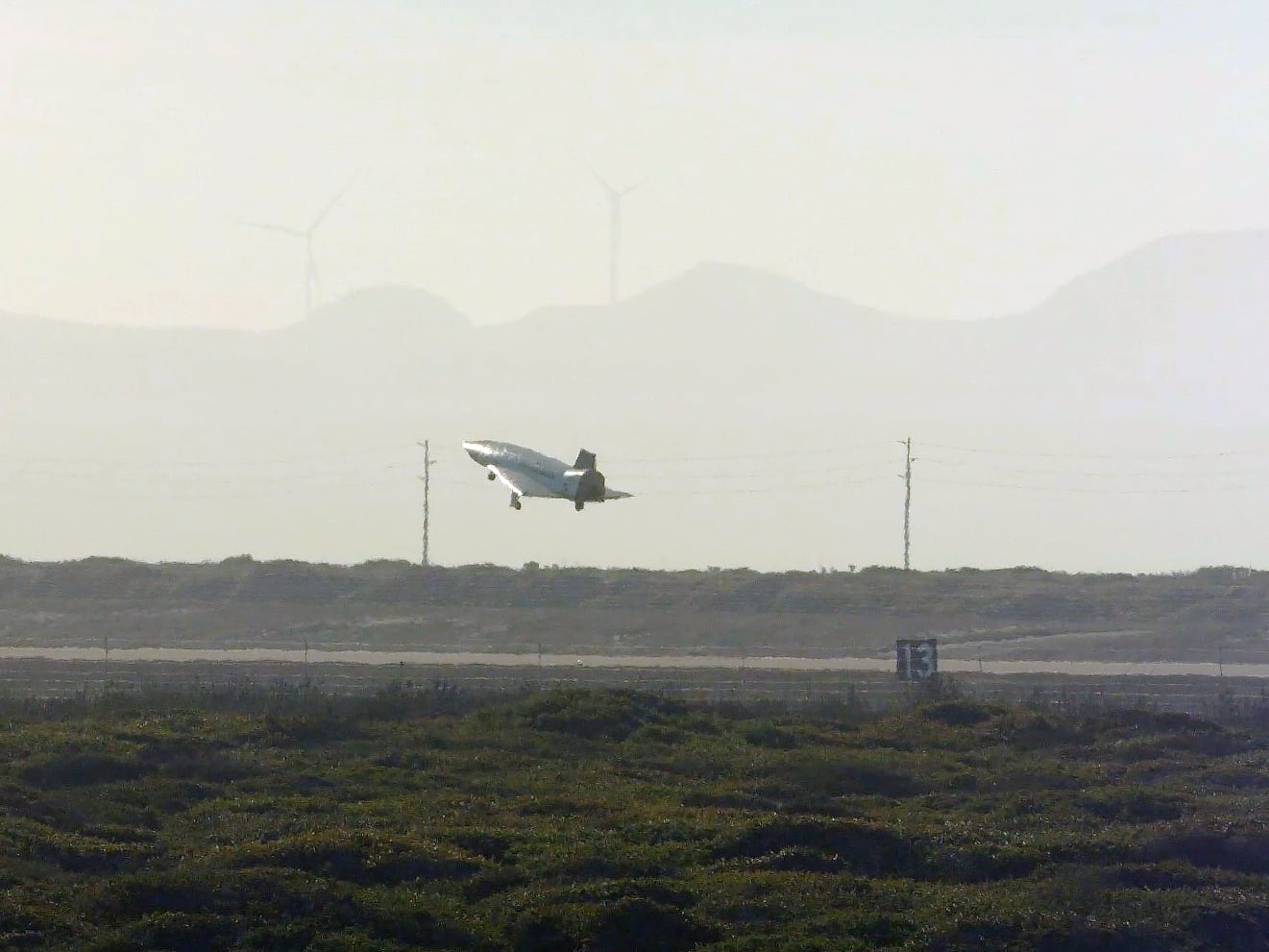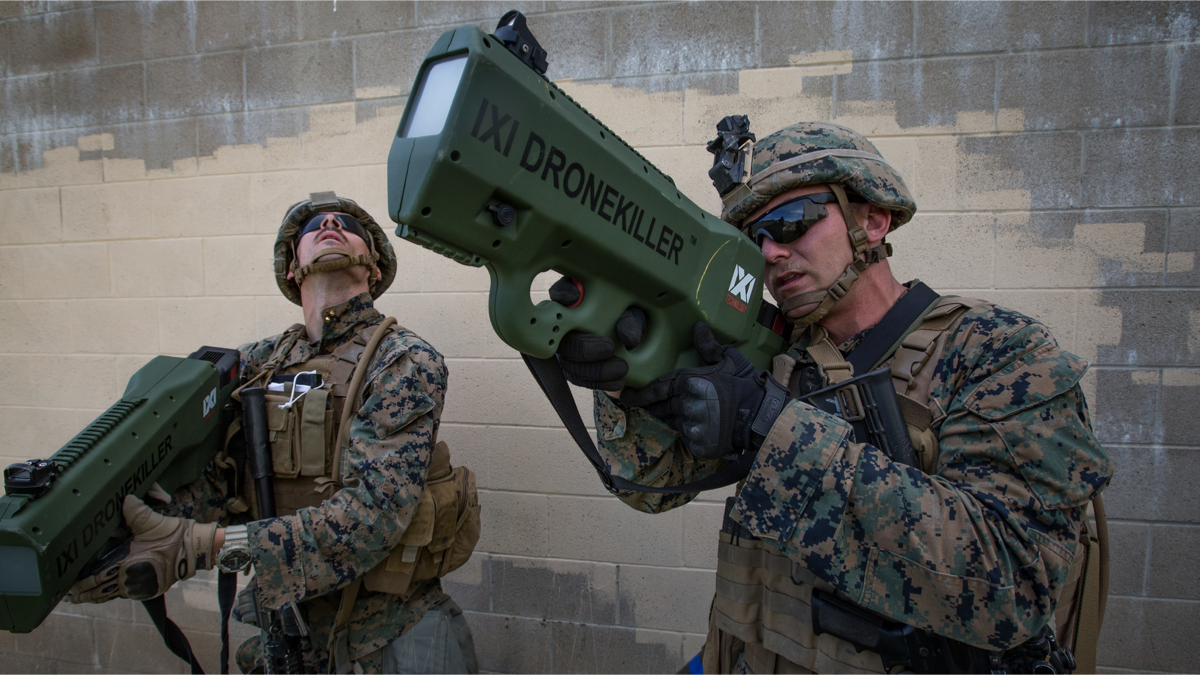WASHINGTON — With booms spreading almost the length of a football field, the Air Force Research Laboratory’s Demonstration and Science Experiments spacecraft is the largest self-supporting satellite ever placed on orbit. Last month, nearly two years after it launched and a year after its mission was expected to end, AFRL decommissioned the satellite.
Although the DSX satellite launched in 2019, work on the experiment actually began in 2003. AFRL wanted to conduct research on the harsh radiation environment of medium Earth orbit, defined as the massive space between 1,243 miles and 22,236 miles above sea level. Emissions from the Van Allen radiation belts in MEO are particularly challenging and can damage satellites. The lab wanted a purely scientific experimental satellite to collect data on that radiation, helping the Department of Defense understand and predict it and develop durable spacecraft that can withstand it. Those plans eventually resulted in DSX.
Equipped with a suite of technologies, sensors and antenna booms, DSX used very low-frequency radio waves to study the radiation. With one deployable boom measuring 80 meters and a second measuring 16 meters, DSX was one of the largest deployable structures built to operate on orbit. After years of work, the satellite launched with a one-year mission. However, AFRL ended up keeping the satellite in operation for nearly two years, using it to conduct more than 1,300 experiments.
Finally, AFRL completed end-of-life processes for DSX on May 31. The lab did not give details on what happens to the shut-down satellite.
“When I think about DSX there are several things that come to mind,” AFRL Director of Space Vehicles Col. Eric Felt said in a June 7 statement. “First, there is the abundance of science data collected that our nation and allies will be evaluating for years to come — DSX has been the epitome of a science mission. Second, the perseverance of this team has been amazing — the lab preserved for 18 years, seeing the spacecraft from birth to death with many difficulties along the way — commitment to the long-haul has paid off.”
Even though the satellite is no longer operating, its legacy will continue with scientists work through the data it collected.
“We will be working the science from this mission for the remainder of our careers,” said DSX principal investigator William Johnston. “DSX’s contributions in understanding the environment of space are profound to our nation and the DoD.”
Nathan Strout covers space, unmanned and intelligence systems for C4ISRNET.
